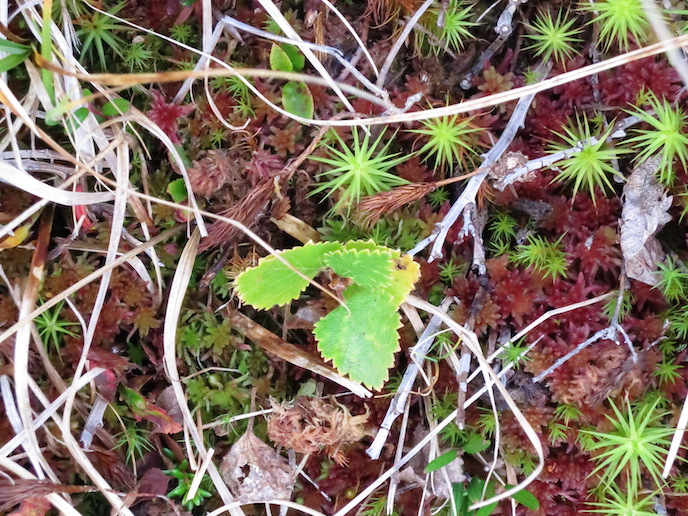Moss study evaluates climate change impact on Arctic ecosystems
High-latitude ecosystems, such as the boreal forests in northern Sweden and the tundra above the Arctic circle, are some of the regions to be hardest hit by climate change. This is in part because sea ice and snow cover, which reflect sunlight back into the atmosphere, are melting. As this happens, the darker surface underneath absorbs more of the sun’s energy and turns it into heat. “Life in the Arctic is characterised by low temperatures,” explains MYCOMOSS project coordinator Anders Michelsen, professor in terrestrial ecology at the University of Copenhagen, Denmark. “This limits the rate of biological processes such as photosynthesis and bacterial activity. Basically, everything goes slower at lower temperatures.” These processes also include nutrient recycling, which takes place when microorganisms decompose dead organic material. One of these nutrients, nitrogen, is essential to life, as it is a building block for all proteins. The long-term impact of climate warming on this process remains unclear. Understanding this was one of the driving factors behind the MYCOMOSS project.
Measuring nitrogen fixation
MYCOMOSS, which was undertaken with the support of the Marie Skłodowska-Curie Actions programme, focused on the role of different moss species in the nitrogen cycle. “Anyone who visits the Arctic can see that mosses are a dominant feature of the sparse vegetation,” says Signe Lett, the postdoctoral scientist working on the project. “We know they import nitrogen via associated bacteria, but we still don’t fully understand the ecological importance.” The project set about measuring nitrogen fixation (the process by which nitrogen in the air is converted into related nitrogenous compounds) in three dominant moss species across the tundra, exposed to different climates. Moss growth, moss nitrogen content and nitrogen leaching from the mosses were also measured. The project used DNA methods to map fungal species present in mosses, and to assess whether fungi play a role in taking up moss nitrogen and passing this on to plants. “What we found was that the nitrogen fixation rates in mosses differ across the growing season,” adds Lett. “Their responses to warming and precipitation also vary according to the species. We also discovered that increased nitrogen fixation did not lead to higher nitrogen concentration in the moss, or higher leaching of nitrogen from the mosses.”
Understanding fragile ecosystems
The project team is still in the process of extracting the latest data from the study. “We expect to be able to demonstrate that moss responses are key to understanding Arctic ecosystem responses to climate change,” notes Michelsen. “The question of whether vascular plants can access nitrogen from mosses through their fungal partners though is still unresolved. If we find evidence that this is the case, this study will importantly have identified mechanisms by which mosses may facilitate vascular plant growth.” In any case, the project has helped to shine a light on the tundra biome, a critical component for the world’s climate. Large amounts of carbon are stored in dead organic material as permafrost. The decomposition of organic material is impeded by low temperature and nitrogen availability. Understanding the link between the carbon and nitrogen cycles is essential if we are to make precise predictions about future releases of carbon from the tundra biome. “This project has shown that the interactions between tundra organisms are complex,” Lett and Michelsen agree. “The organisms in these ecosystems are tightly interwoven. If one parameter is changed, the whole system reacts.”
Keywords
MYCOMOSS, climate change, Arctic, boreal, tundra, nitrogen, moss, ecosystems







